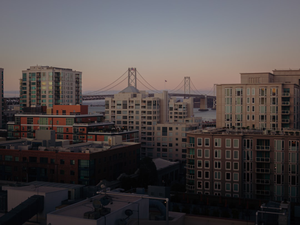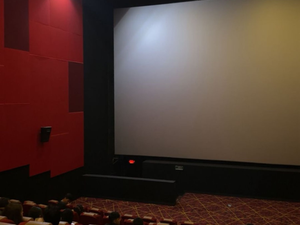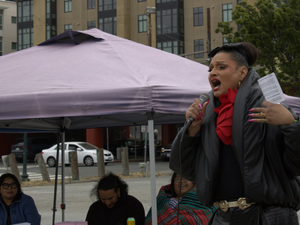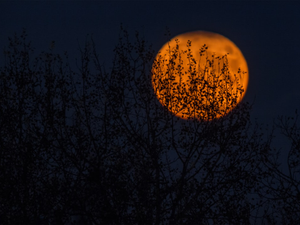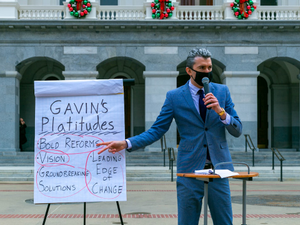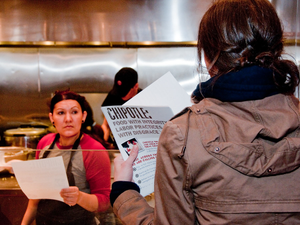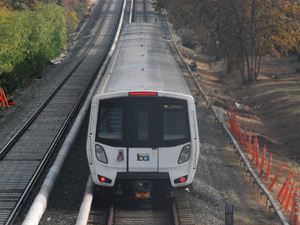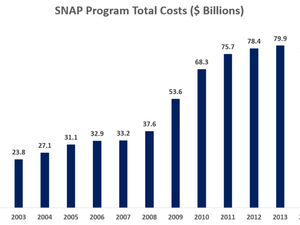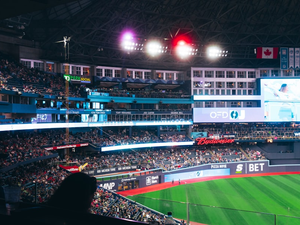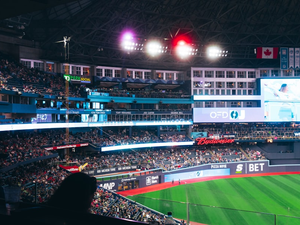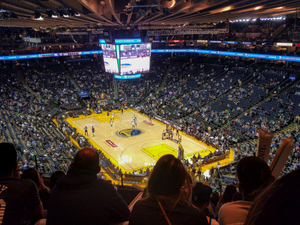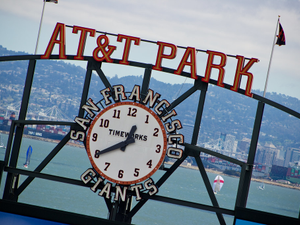Goodbye, Boring Lawns: How Urban Gardeners Are Revolutionizing Green Spaces
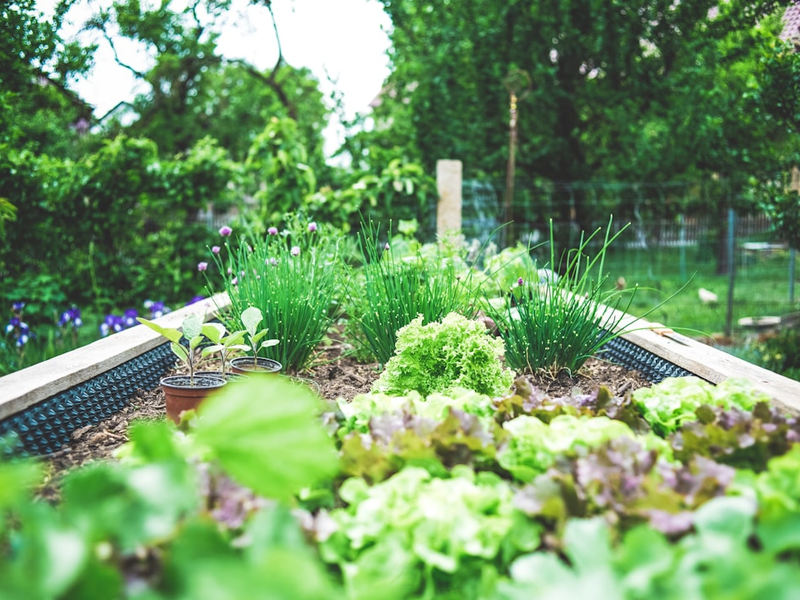
Photo by Markus Spiske on Unsplash
Tired of perfectly manicured lawns that look more like green carpets than living ecosystems? Urban gardeners across the country are embracing a radical approach to landscaping that’s good for the planet and way more interesting than your standard suburban yard.
The “No Mow” movement is transforming how we think about outdoor spaces. By letting native grasses and flowers grow naturally, homeowners are creating vibrant habitats that support local wildlife, conserve water, and reduce the environmental impact of traditional lawn maintenance.
Take Amanda Beltranmini Healen from Nashville, who has transformed her yard into a thriving ecosystem. What started as a small 10-by-10-foot experiment with native seeds has grown into a lush landscape that attracts birds, insects, and even provides shelter for local wildlife. Her backyard now hosts a variety of native plants, with grasses reaching knee to waist height, creating a mini wildlife sanctuary.
The environmental benefits are significant. Traditional lawns consume massive amounts of water - outdoor irrigation can account for over 30% of household water usage. By shifting to native, low-maintenance plantings, gardeners are making a tangible impact on water conservation and local biodiversity.
It’s not just about letting everything grow wild, though. Successful urban gardeners like Healen carefully research which plants are native and beneficial, strategically pruning and managing their spaces to support local ecosystems. The result? Yards that are not just beautiful, but functional and environmentally responsible.
Neighborhoods are starting to take notice. What was once seen as an unkempt lawn is now recognized as an intentional, ecologically minded approach to landscaping. Children are learning about local wildlife, and communities are reimagining what green spaces can look like.
The “No Mow” approach isn’t just a trend - it’s a movement towards more sustainable, biodiverse urban environments that support local ecosystems and reduce our environmental footprint, one yard at a time.
AUTHOR: mp
SOURCE: The Mercury News
